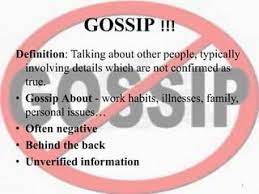Introduction:
Celebrate Earth Day in a fun and engaging way by participating in the Online Earth Day Scavenger Hunt! This activity is perfect for families, friends, and individuals who want to learn more about our planet and how to protect it. Join others around the world as you search for various eco-friendly items and complete environmental challenges to raise awareness about environmental issues.
How it Works:
The Earth Day Scavenger Hunt will test your knowledge about the environment while also helping you discover new, eco-friendly habits. The hunt consists of a list of tasks and items that participants must find or complete within a time limit. These tasks are designed to be educational, fun, and easily accessible regardless of your location.
Here’s what you need to do:
1. Register: Sign up on the event’s website with your name, email address, and location. You will receive a confirmation email along with detailed instructions and an official scavenger hunt list.
2. Assemble Your Team: You can participate individually or create a team by inviting friends, family members, or colleagues.
3. Begin the Hunt: On Earth Day (April 22nd), the scavenger hunt will start. Participants will have 24 hours to find items or complete tasks listed on their scavenger hunt sheet.
4. Document Your Progress: Take photos, videos, or make notes as you complete each task on your list. These materials can be shared on social media using a designated hashtag to create awareness and encourage others to join in!
5. Submit Your Results: Once you’ve completed your scavenger hunt list, submit your findings through the event’s submission portal before the deadline.
6. Celebrate Your Achievements: Contest winners will be announced on the event website or via social media channels. Participants who complete all of the scavenger hunt activities may receive virtual badges or digital certificates as a reward for their eco-enthusiasm.
Scavenger Hunt Ideas:
The Earth Day Scavenger Hunt list can include a variety of tasks and challenges, such as:
– Locating an item made of recycled materials
– Identifying local plant and animal species
– Picking up litter at a nearby park or beach
– Completing a short quiz about environmental protection
– Participating in a virtual eco-friendly workshop or webinar
– Creating an Earth Day-inspired artwork from recyclables
Benefits of the Earth Day Scavenger Hunt:
By participating in the online Earth Day Scavenger Hunt, you not only learn about environmental issues, but you also contribute to a larger community dedicated to promoting sustainable living. Some benefits of this activity are:
– It promotes environmental awareness and education.
– Encourages teamwork and collaboration.
– Introduces eco-friendly habits in a fun, interactive way.
– Connects people worldwide through shared experiences and activities.
Conclusion:
Participation in the Earth Day Scavenger Hunt is an enjoyable way to spend time with friends and family while learning more about our planet’s needs. Everyone can make a difference this Earth Day – join the fun and share your journey with others as you explore new ways to protect our planet. Happy hunting!











